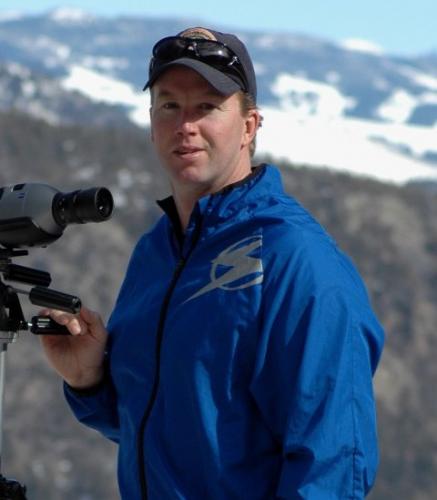
My formal education and training is in wildlife biology, although lately my interest has been learning about global warming, climate science and its impacts on ecological processes. My first reaction upon learning that my trip to Svalbard would become a reality was "I hope I get to see a polar bear!”
I have since learned that Svalbard has one of the densest populations of Polar Bears in the world. Well, that is very good, but it gives me pause. I DO want to see a polar bear, BUT I sure don’t want to see one (or more than one!) TOO close. Having lived in western Montana and hiked extensively in GlacierA mass of ice that persists for many years and notably deforms and flows under the influence of gravity. and Yellowstone National Parks, I know the powerful feeling of being in the wilderness among large carnivores. You don’t sleep well! Here in Maine, my biggest worry is black flies and ticks (Yuck!).
Hiking in the wilderness of Svalbard and sharing land with such an incredible animal will be a thrill of a lifetime for me, although I hope not too thrilling! I have read that the Svalbard bears number about 1700-2200 and are part of a larger population of bears, the Barents Sea population, that number about 3000. Also that Svalbard has more Polar Bears per capita than anywhere.
Well, I will be very interested in downloading the weather data, sediment traps and GPSA Global Positioning System (GPS) is a satellite-based navigation system used to track the location or position of objects on the Earth’s surface. equipment with Mike Retelle and Al Werner (my fearless leaders), but you better believe I will have at least one eye and ear tuned in for the big white bear. What an adventure I am about to take! I look forward to sharing it all with you.
- next >
- 1 of 12


Comments